In this paper, we explore quick 3D shape composition during early-phase spatial design ideation. Our approach is to re-purpose a smartphone as a hand-held reference plane for creating, modifying, and manipulating 3D sweep surfaces. We implemented...
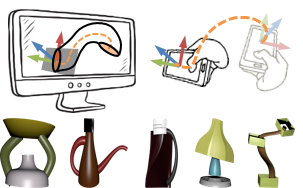

In this paper, we explore quick 3D shape composition during early-phase spatial design ideation. Our approach is to re-purpose a smartphone as a hand-held reference plane for creating, modifying, and manipulating 3D sweep surfaces. We implemented...
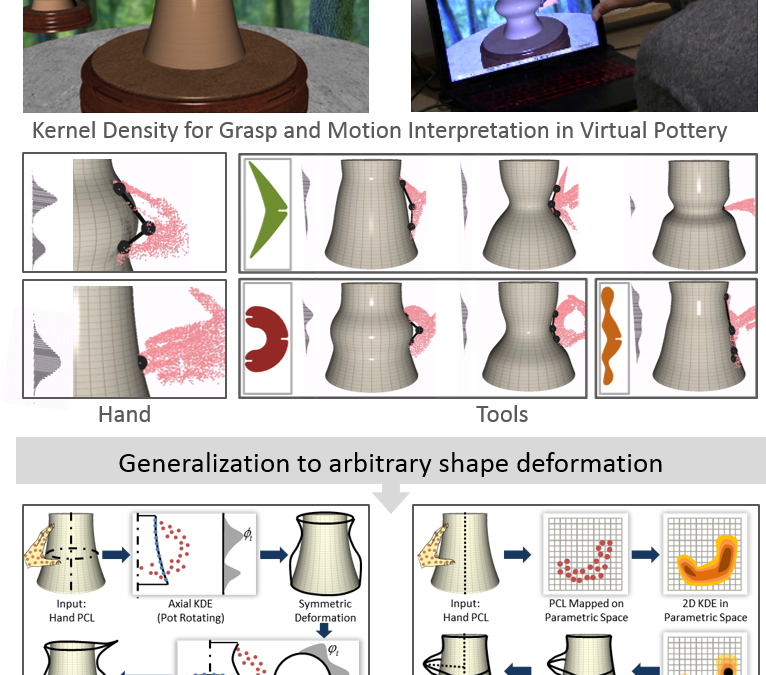
We describe the iterative design and evaluation of a geometric interaction technique for bare-hand mid-air virtual pottery. We model the shaping of a pot as a gradual and progressive convergence of the pot-profile to the shape of the user's hand...
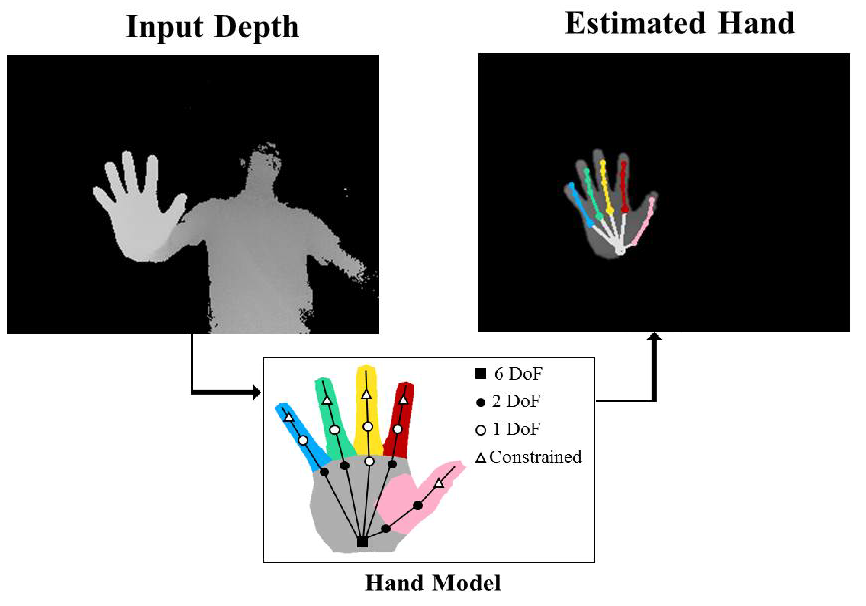
Collaborative filtering aims to predict unknown user ratings in a recommender system by collectively assessing known user preferences. In this paper, we first draw analogies between collaborative filtering and the pose estimation problem....

This paper explores functional decomposition in early design. In the first part of this study, we explore how the three most common methods (top-down, energy-flow, enumeration) affect concept generation for novice design teams (n=25). We found that...
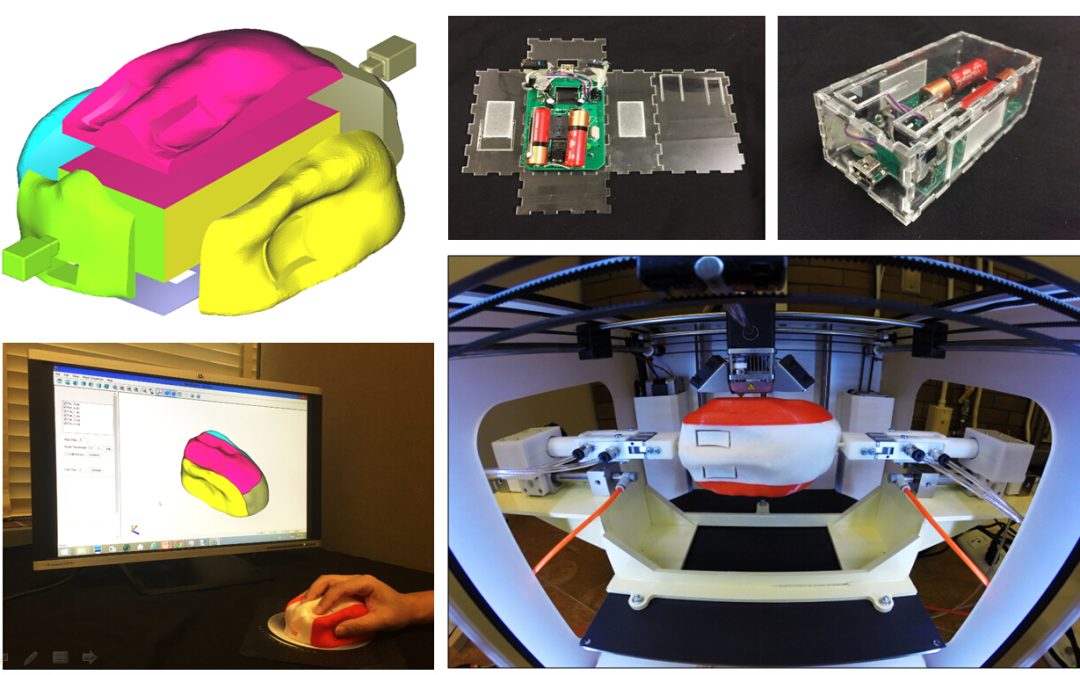
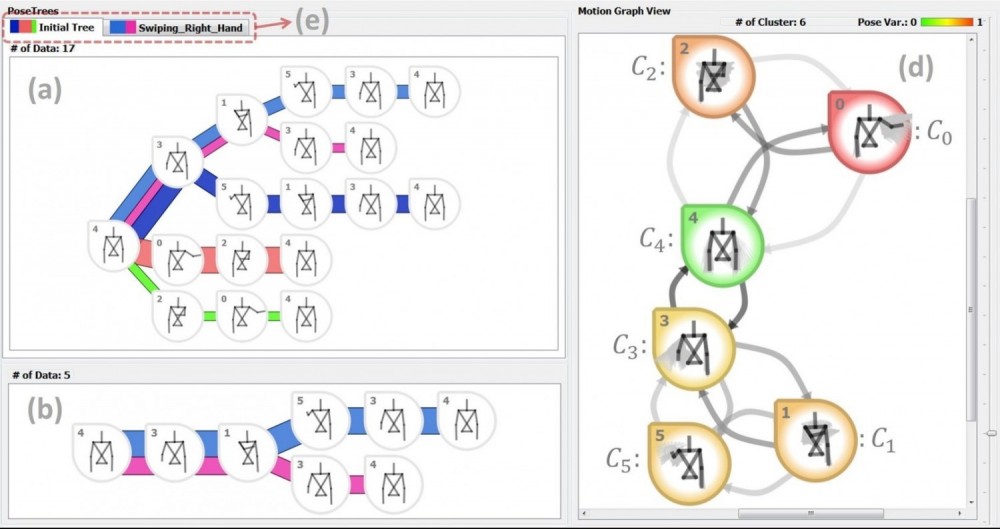
Abstract: Pattern analysis of human motions, which is useful in many research areas, requires understanding and comparison of different styles of motion patterns. However, working with human motion tracking data to support such analysis poses...

Abstract: A large portion of design activity involves reuse of previous knowledge in order to solve new problems. Therefore, facilitating eco-conscious exploration of archived designs is needed for advancing sustainable product design. It is...
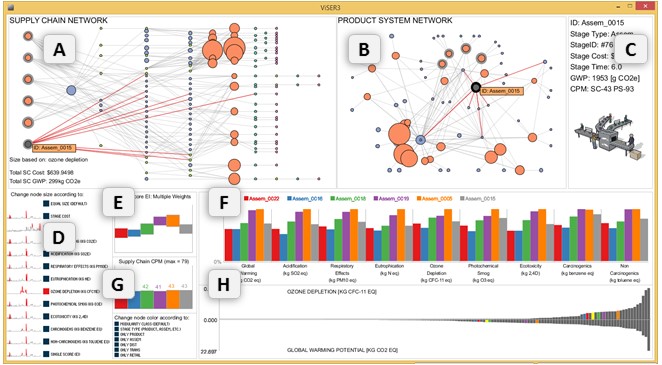
Abstract: In this paper, we present a novel visualization framework for product and supply chain metadata in the context of redesign-related decision scenarios. Our framework is based on the idea of overlaying product-related metadata onto...
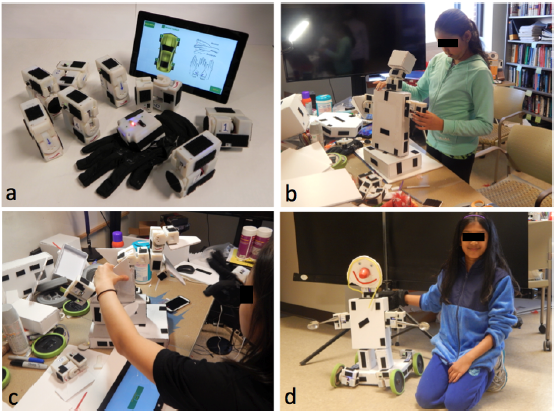
Abstract: Building from our previous work we explore HandiMate, a robotics kit which enables users to construct and animate their toys using everyday craft materials. The kit contains eight joint modules, a tablet interface and a glove...
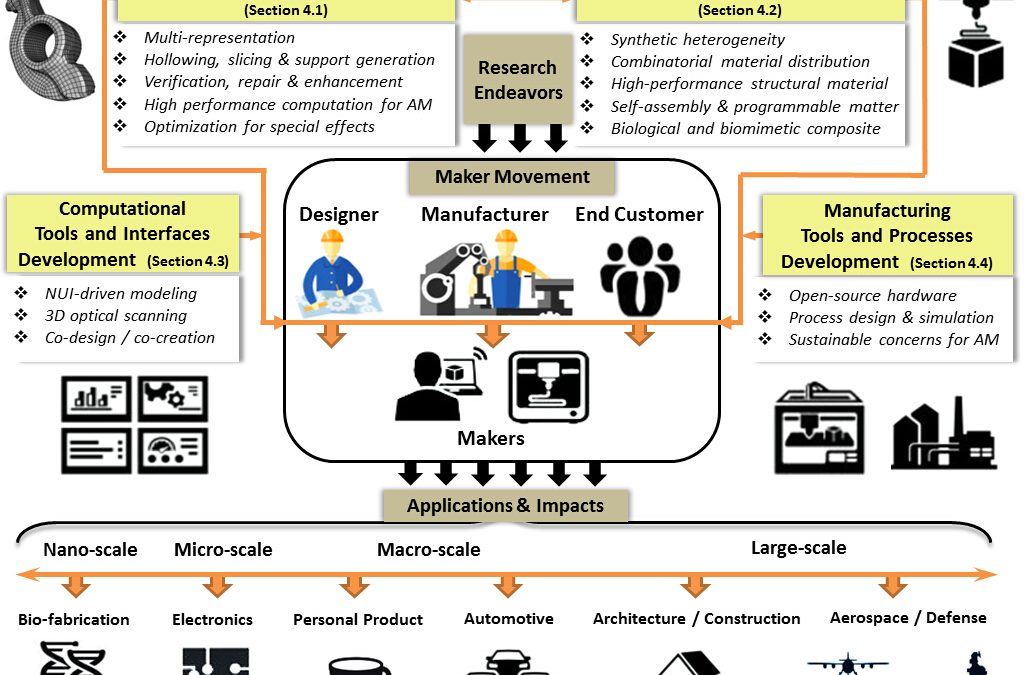
Abstract: Additive manufacturing (AM) is poised to bring about a revolution in the way products are designed, manufactured, and distributed to end users. This technology has gained significant academic as well as industry interest due to its...
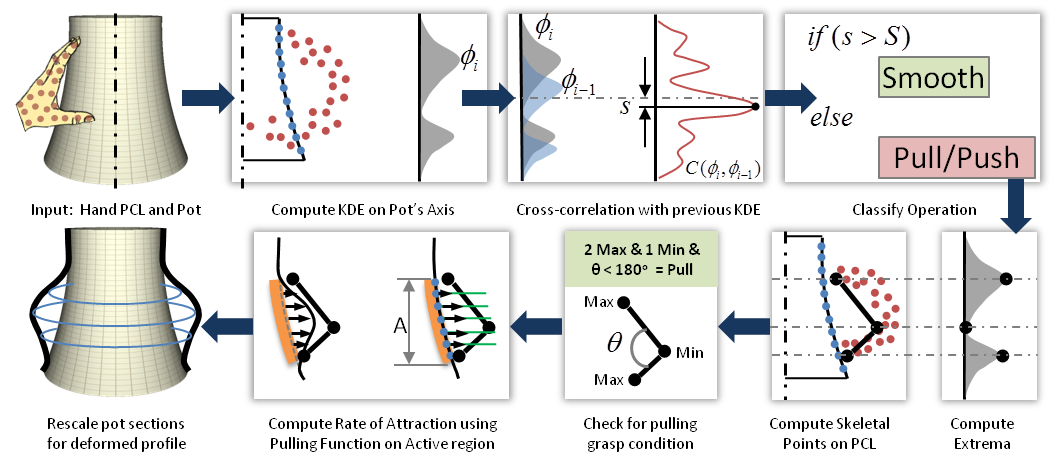
Abstract:Â We describe the design and evaluation of a geometric interaction technique for bare-hand mid-air virtual pottery. We model the shaping of a pot as a gradual and progressive convergence of the pot-profile to the shape of the user's hand...
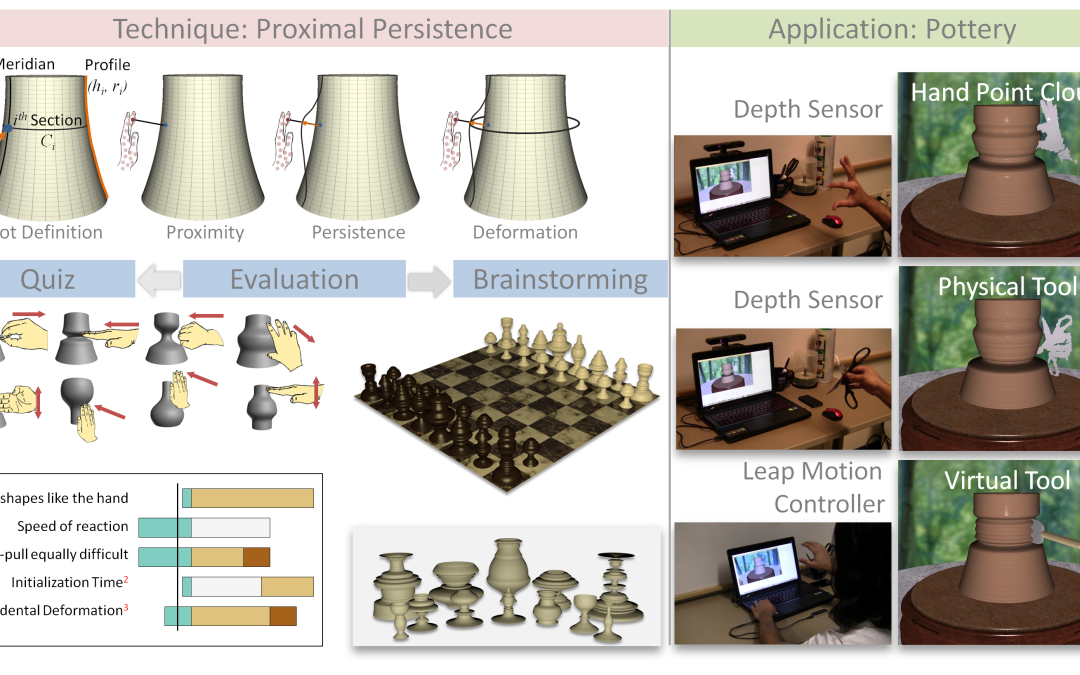
Abstract: The advent of depth cameras has enabled mid-air interactions for shape modeling with bare hands. Typically, these interactions employ a finite set of pre-defined hand gestures to allow users to specify modeling operations in virtual...

Abstract: We present Sketcholution, a method for automatically creating visual histories of hand-drawn sketches. Such visual histories are useful for a designer to reflect on a sketch, communicate ideas to others, and fork from or revert to an...
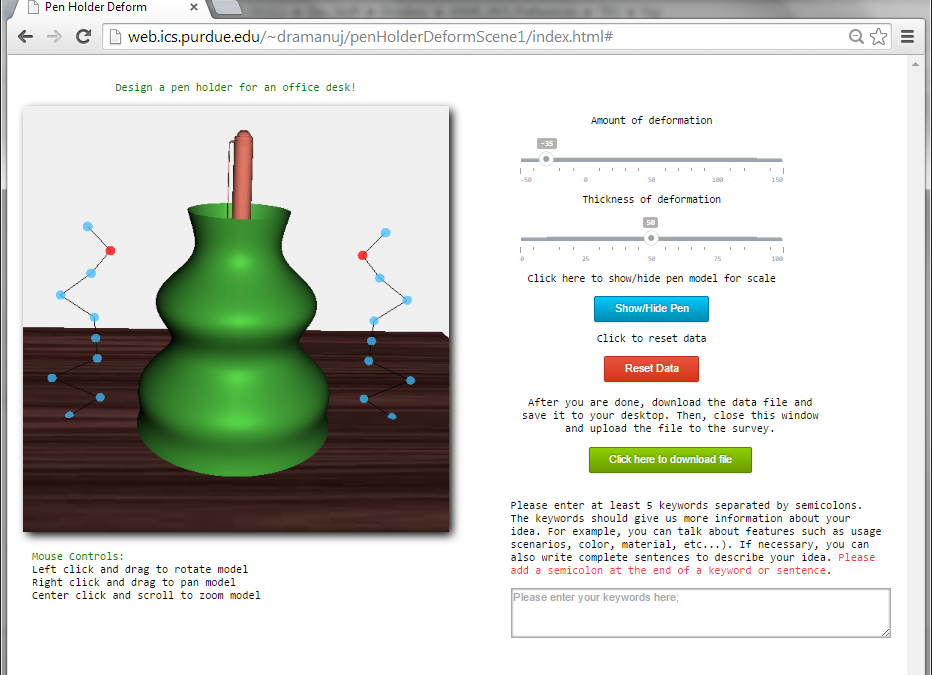
Abstract: Customer inputs in the early stages of design can potentially lead to completely new outlooks in concept generation. We propose crowd-based co-creation as a means to this end. Our main idea is to think of the customer as a source of...
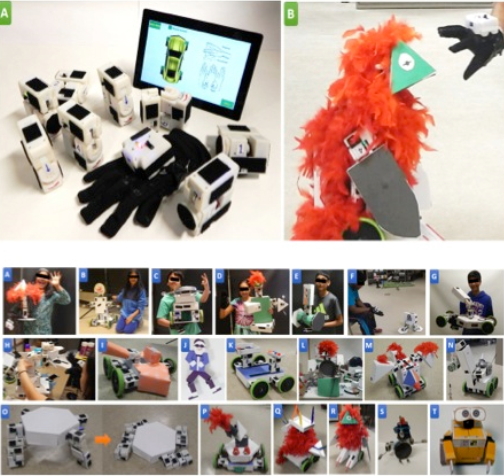
Abstract: The combination of technological progress and a growing interest in design has promoted the prevalence of DIY (Do It Yourself) and craft activities. In a similar spirit, we introduce HandiMate, a platform that makes it easier to fabricate...
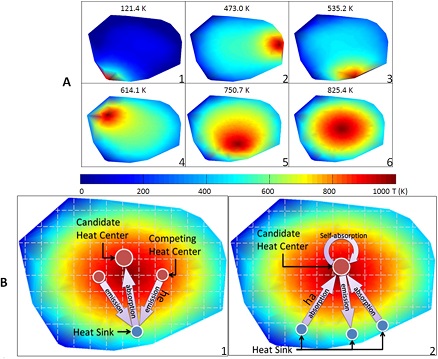
Abstract: Researchers are regularly interested in interpreting the multipartite structure of data entities according to their functional relationships. Data is often heterogeneous with intricately hidden inner structure. With limited prior...
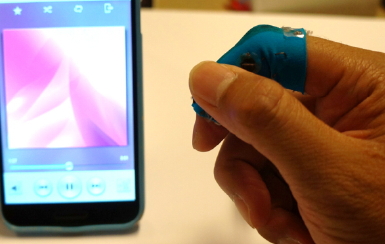
Abstract: We introduce TIMMi, a textile input device for mobile interactions. TIMMi is worn on the index finger to provide a multimodal sensing input metaphor. The prototype is fabricated on a single layer of textile where the conductive silicone...

Abstract: We present SOFTii, a flexible input system for topography design and continuous control via external force. Our intent is to provide a tactile metaphor for pressure-based surface input. In this study, two prototypes of SOFTii have been...

Abstract: Understanding the intent behind human gestures is a critical  problem in the design of gestural interactions. A common method to observe and understand how users express gestures is to use elicitation studies. However, these studies...

Abstract: We present Plex, a finger-worn textile sensor for eyes-free mobile interaction during daily activities. Although existing products like a data glove possess multiple sensing capabilities, they are not designed for environments where body...
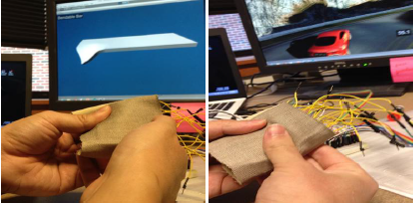
Abstract: We present BendID, a bendable input device that recognizes the location, magnitude and direction of its deformation. We use BendID to provide users with a tactile metaphor for pressure based input. The device is constructed by layering an...

Abstract: While much prior work has been done regarding sketching and its impact on design and a few on how to train engineers to sketch, there have been no prior studies in engineering to reduce inhibition to frequent sketching. This paper...
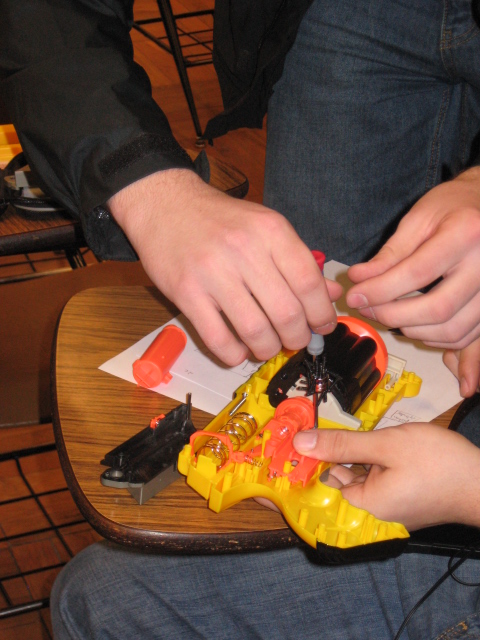
Abstract: The purpose of this study is to continue to explore which function identification methods work best for specific design tasks. Prior literature describes the top-down and bottom-up approaches as equivalent methods for functional...
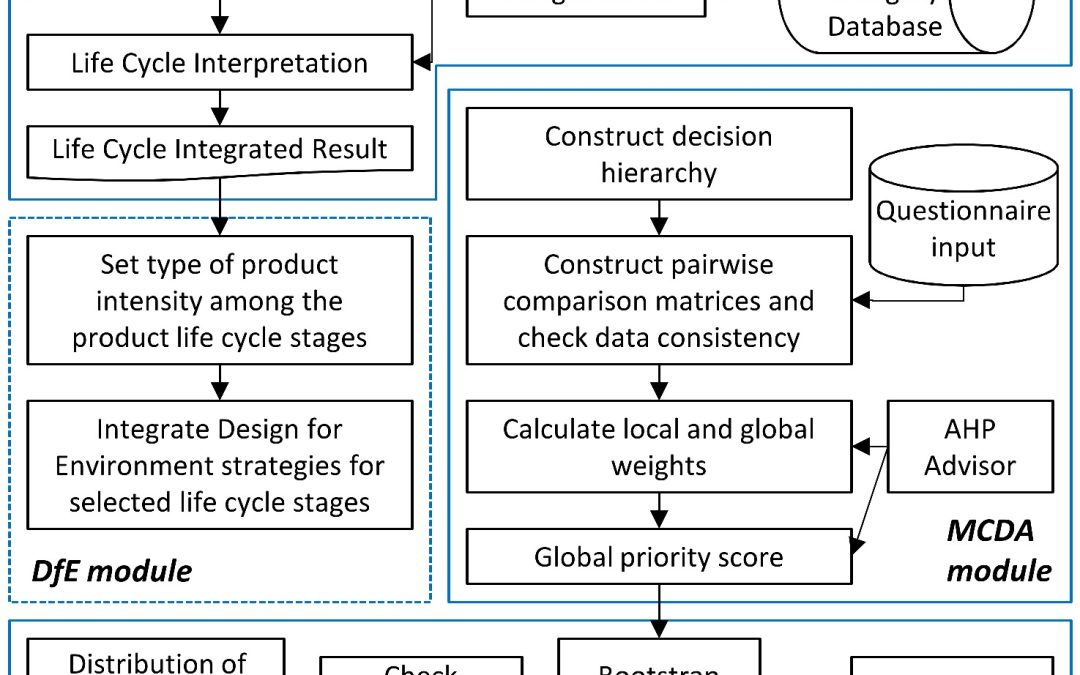
Abstract: This paper describes a framework for applying design for environment (DfE) within an industry setting. Our aim is to couple implicit design knowledge such as redesign/process constraints with quantitative measures of environmental...

Abstract: As an ancient paper craft originating from Japan, origami has been naturally embedded and contextualized in a variety of applications in the fields of mathematics, engineering, food packaging, and biological design. The computational and...

Abstract: Consideration of environmental sustainability is significantly altering the nature of the mechanical design process. This necessitates integration of sustainability related learning content in design engineering curricula. Although...
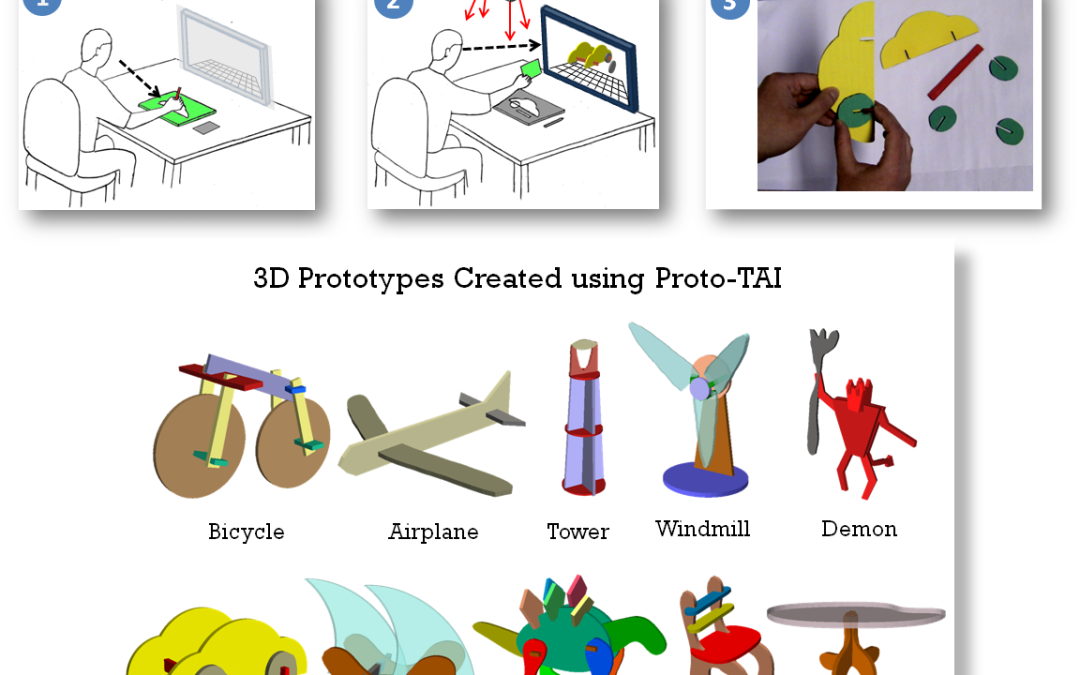
Abstract: In the real world, we use our innate manual dexterity to create and manipulate 3D objects. Conventional virtual design tools largely neglect this skill by imposing non-intuitive 2D control mechanisms for interacting with 3D design models....
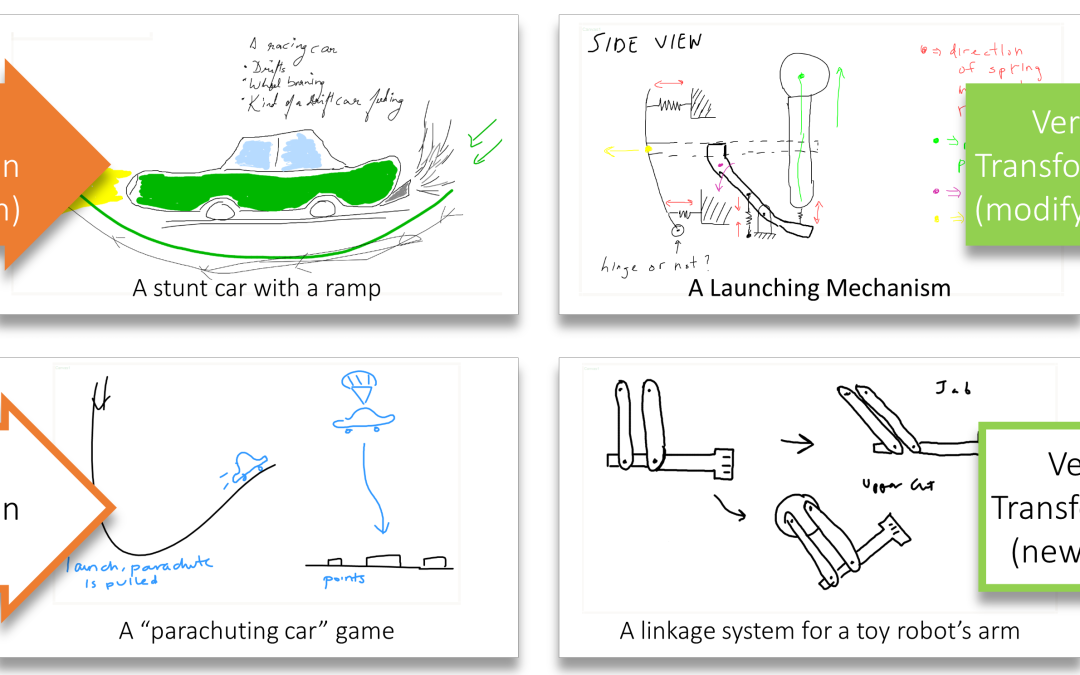
Abstract: Sketching for conceptual design has traditionally been performed on paper. Recent computational tools for conceptual design have leveraged the availability of hand-held computing devices and web-based collaborative platforms. Further,...
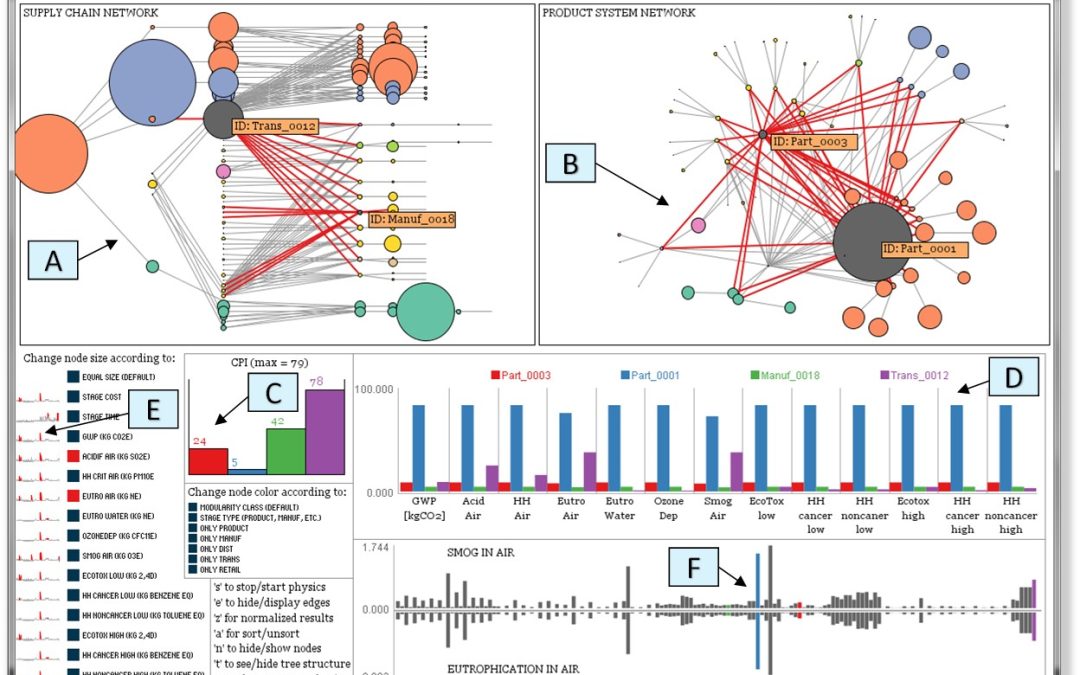
Abstract: In this paper, we present ViSER, an interactive visual analytics platform that visualizes supply chain data for enabling eco-conscious redesign. ViSER provides a visualization dashboard consisting of multiple mutually coordinated views...
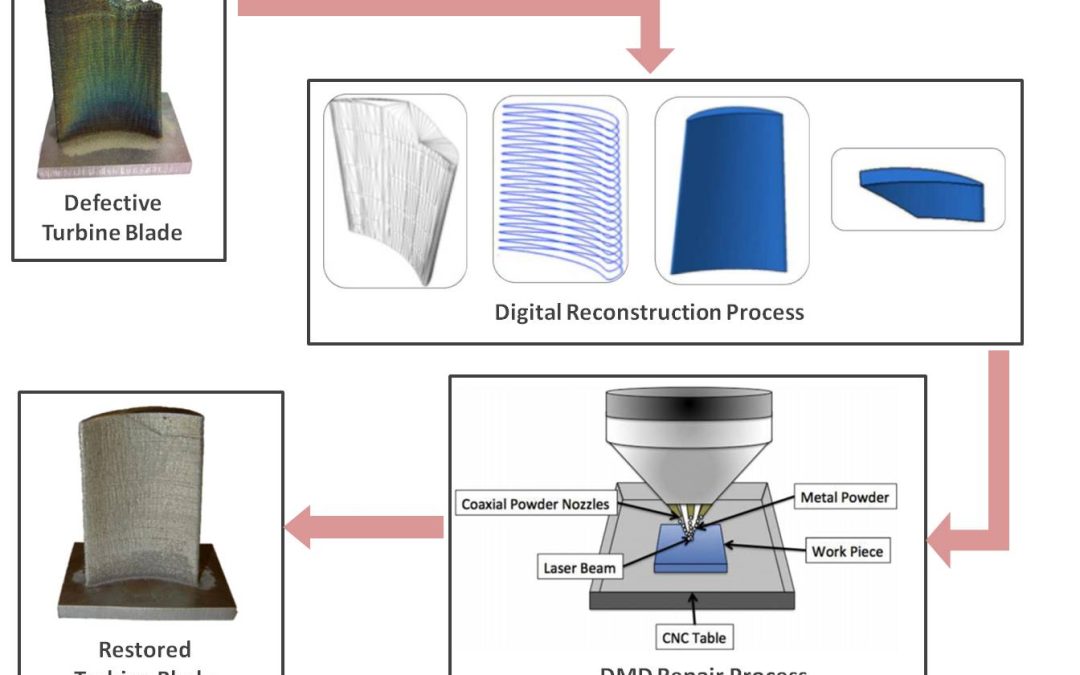
Abstract: Laser direct deposition provides an attractive and cost effective means for repairing or remanufacturing high value engineering components. This study demonstrates the successful repair of defective voids in turbine airfoils based on a...

Abstract: Origami affords the creation of diverse 3D objects through explicit folding processes from 2D sheets of material. Originally as a paper craft from 17th century AD, origami designs reveal the rudimentary characteristics of sheet folding:...
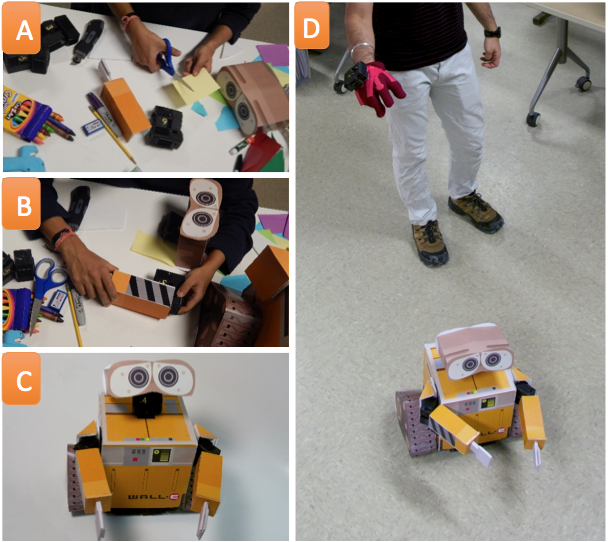
Abstract: We introduce ChiroBot, a cyber-physical construction kit that allows users to create custom robots out of craft material, easily assemble the robots using joint modules and control them using hand gestures. These hand-crafted robots are...
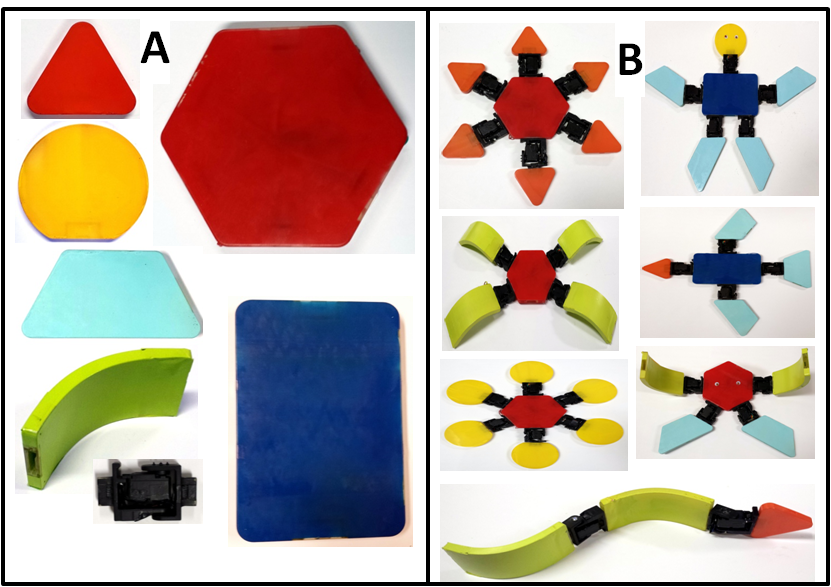
Abstract: We present PuppetX, a framework for both constructing playthings and playing with them using spatial body and hand gestures. This framework allows users to construct various playthings similar to puppets with modular components...
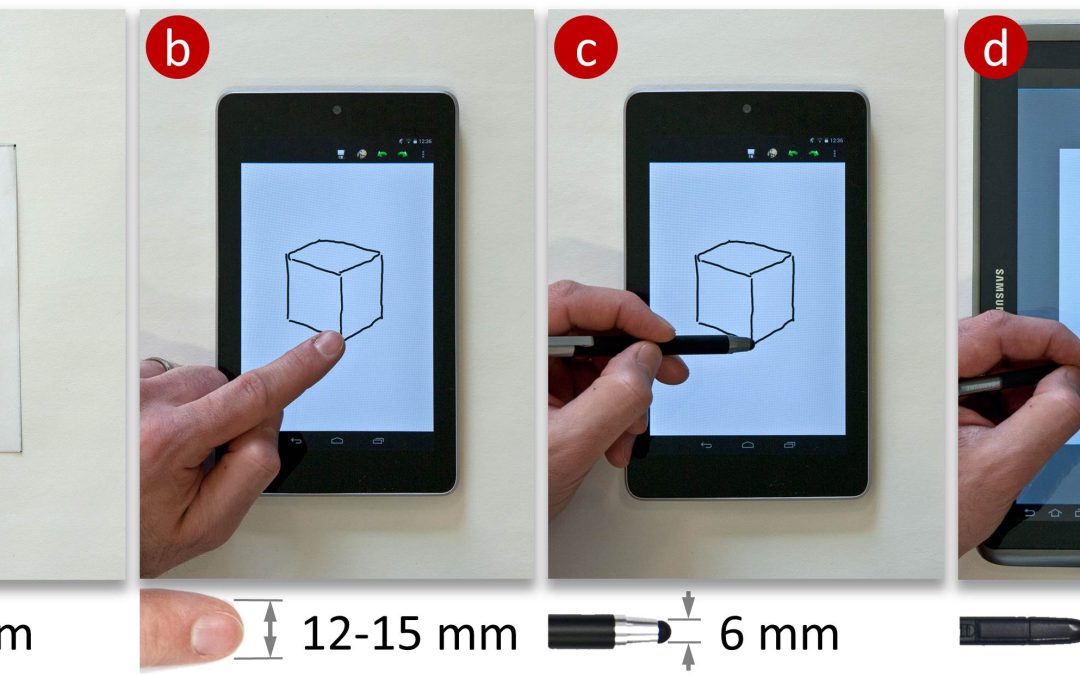
Abstract: Direct-touch tablets are quickly replacing traditional pen-and-paper tools in many applications, but not in case of the designer’s sketchbook. In this paper, we explore the tradeoffs inherent in replacing such paper...
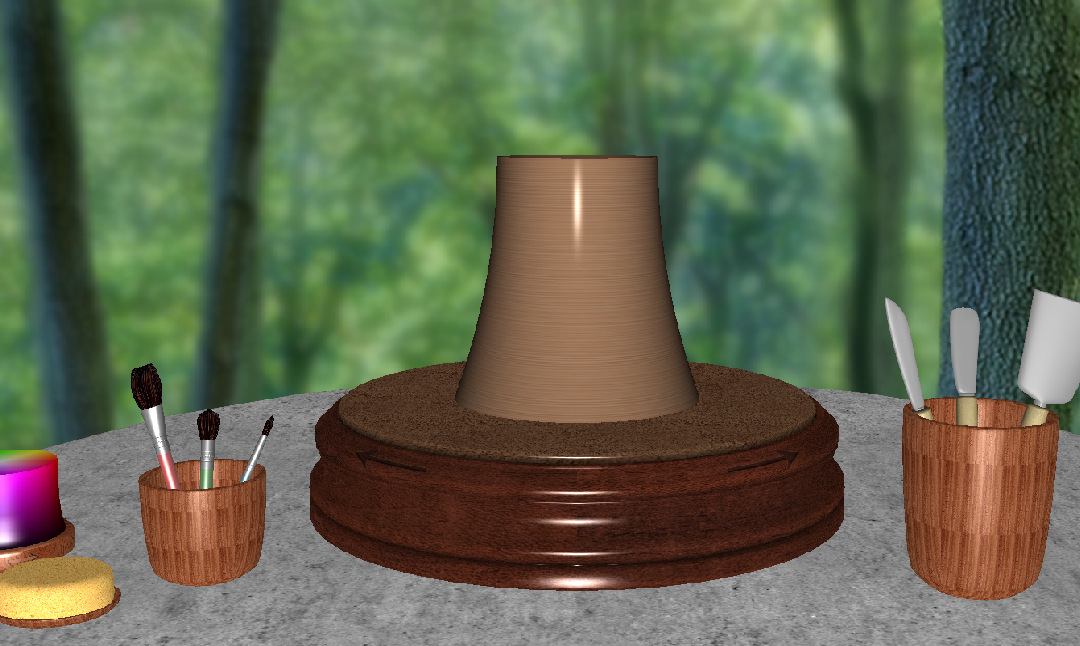
Abstract: We present zPots, an application for gesture-free hand-based design of virtual pottery enabled by the Leap Motion device. With zPots, a user can shape and color 3D pots by moving bare hands in the air with minimal or no training. Unlike...
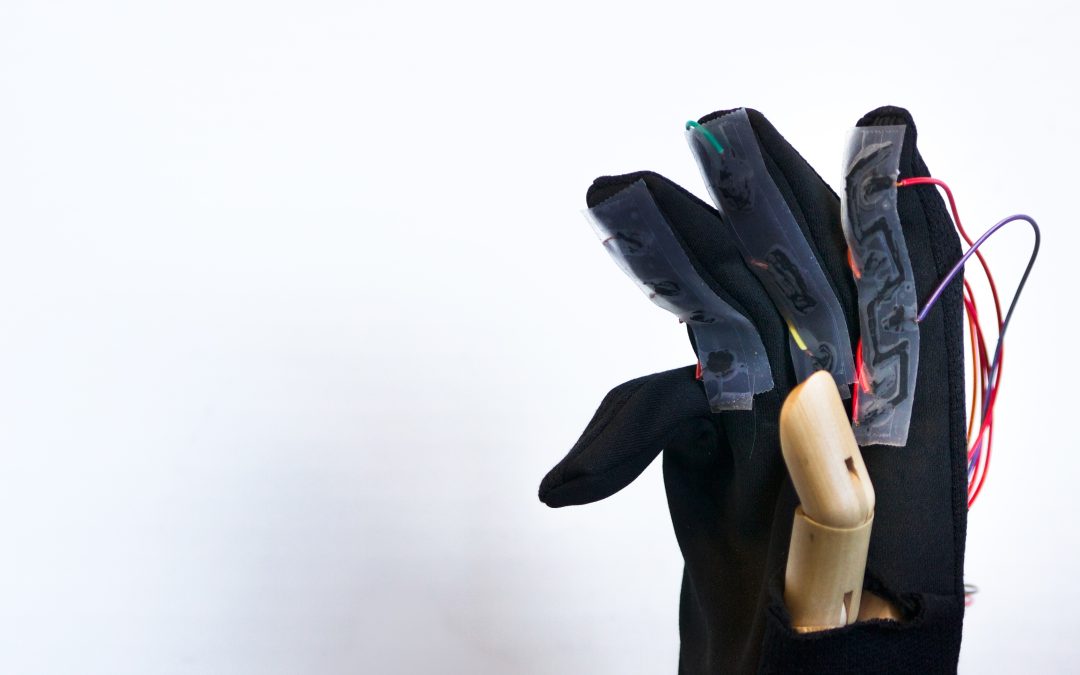
Abstract: We introduce Chiron: A wearable device for the hand that reads the digital and analogous signals from capacitive sensor patterns and orientation sensors, to interpret user-intent. Here, we explore two cases – (a) an unconventional...
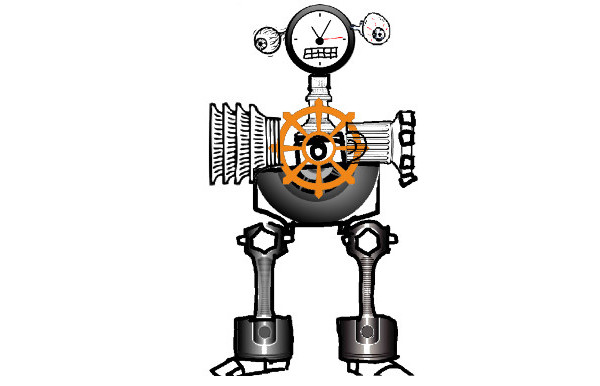
Abstract: Juxtapoze is a clipart composition workflow that supports creative expression and serendipitous discoveries in the shape domain. We achieve creative expression by supporting a workflow of searching, editing, and composing: the user...
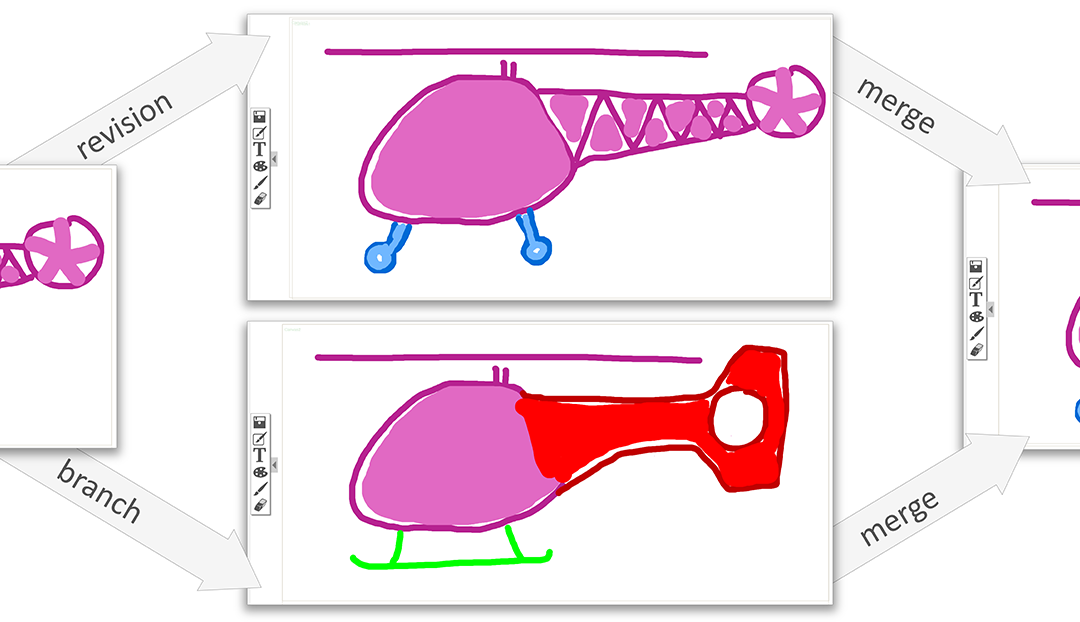
Abstract: We present skWiki, a web application framework for collaborative creativity in digital multimedia projects, including text, hand-drawn sketches, and photographs. skWiki overcomes common drawbacks of existing wiki software by...

Abstract: In design classes, functional analysis is a process that is typically used to assist students with identifying essential functions to aid in the development of their concepts. However, it has been observed that students sometimes struggle...
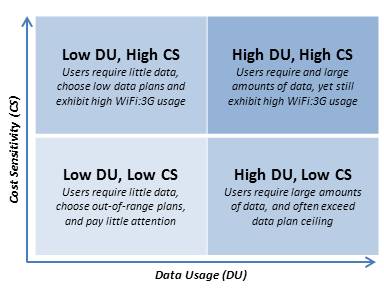
Abstract: The recent proliferation of electronic products has led to a strong unmet need for understanding environmental implications of new technologies. According to Nielsen, 66% of Americans ages 24-35 own a smartphone, providing...
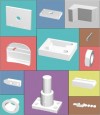
Abstract: shapeSift is a framework for supporting sustainability based decision making during selection of similar previous designs from part repositories. Our framework is designed for 3D part repositories that contain metadata pertaining to...

Abstract: Automated content analysis software tools have significantly aided in the study of design processes in the recent past. However, they suffer from the lack of domain knowledge and insight that a human expert can provide. In this paper, we...
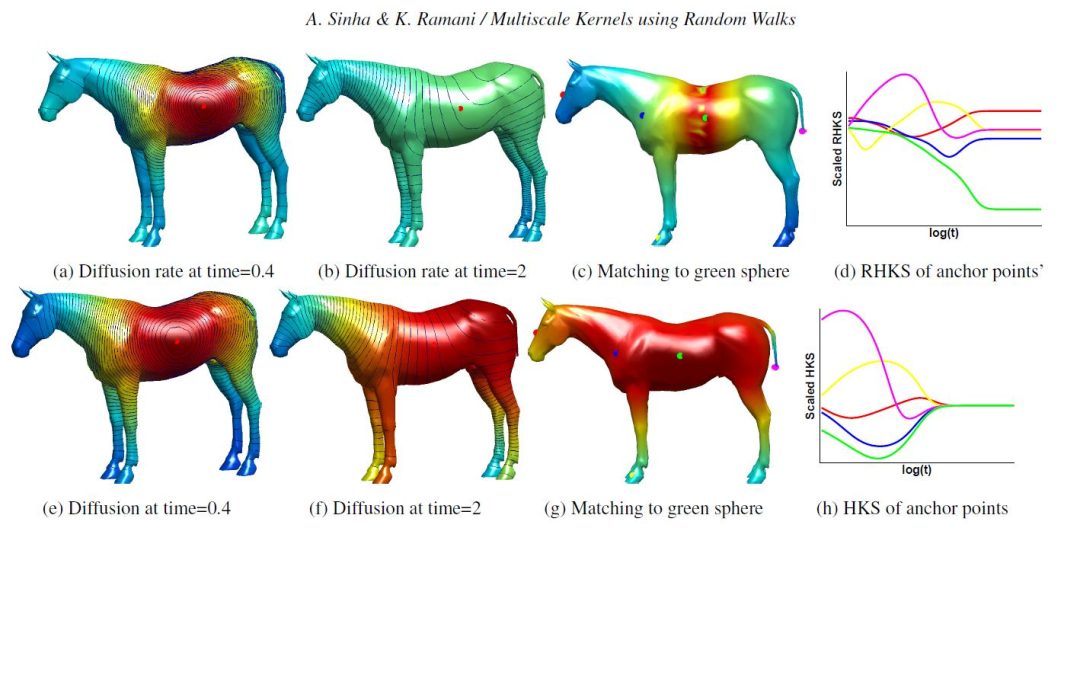
Abstract: 11th Symposium on Geometry processing, 3-5 July, Genova, Italy, 2013. Proceedings of the Computer Graphics Forum, Computer Graphics Forum, Volume 33, Issue 1, pages 164–177, 2014.
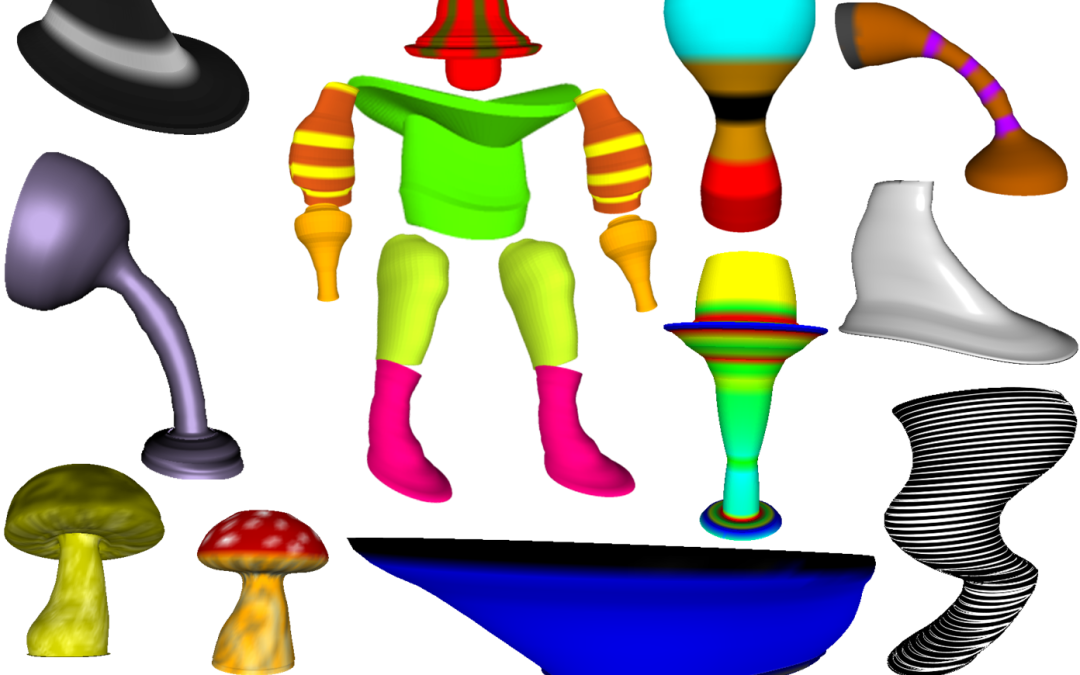
Abstract: We present a novel interaction system, “Shape-It-Upâ€Â, for creative expression of 3D shapes through the naturalistic integration of human hand gestures with a modeling scheme dubbed intelligent generalized cylinders (IGC). To...
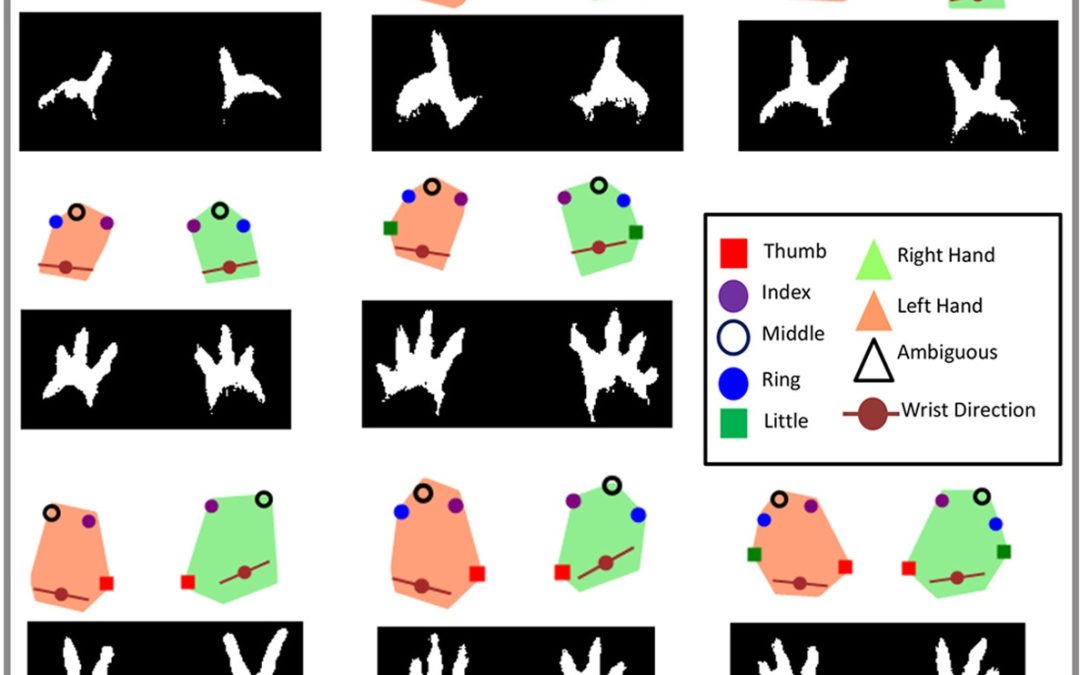
Abstract: Multitouch surfaces are becoming prevalent, but most existing technologies are only capable of detecting the user’s actual points of contact on the surface and not the identity, posture, and handedness of the user. In this paper,...
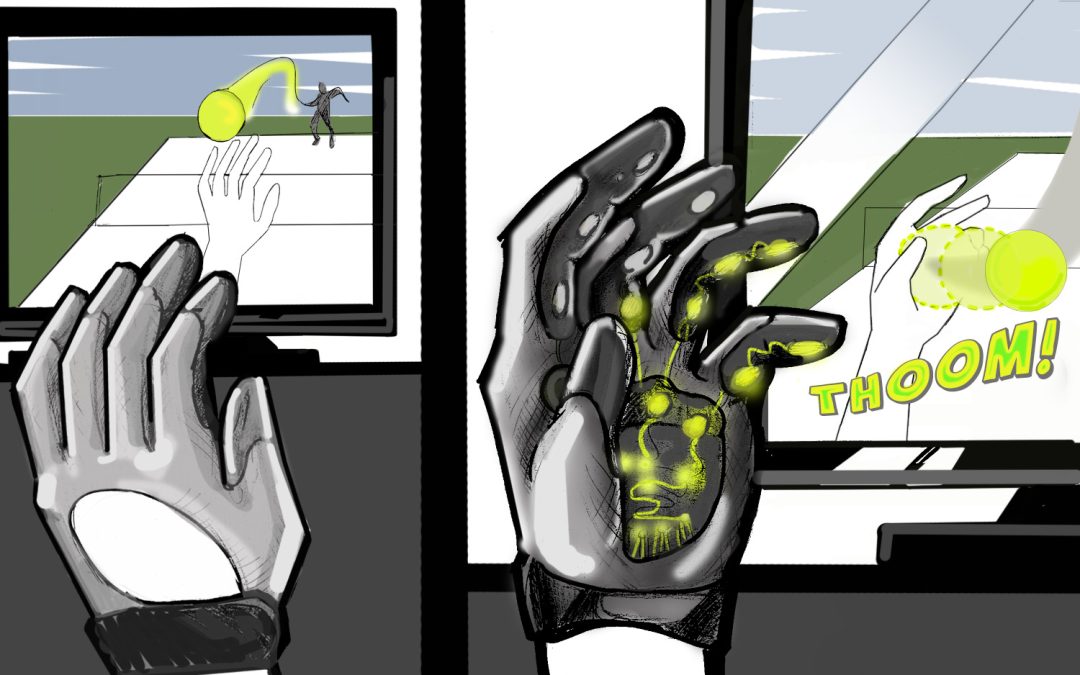
Abstract: We present a novel, low-power and untethered pneumatic haptic device, namely the ACTIVE-Hand, for realistic and real-time 3D gaming experience. Currently, body-motion based 3D gaming systems primarily use visual feedback to provide partly...
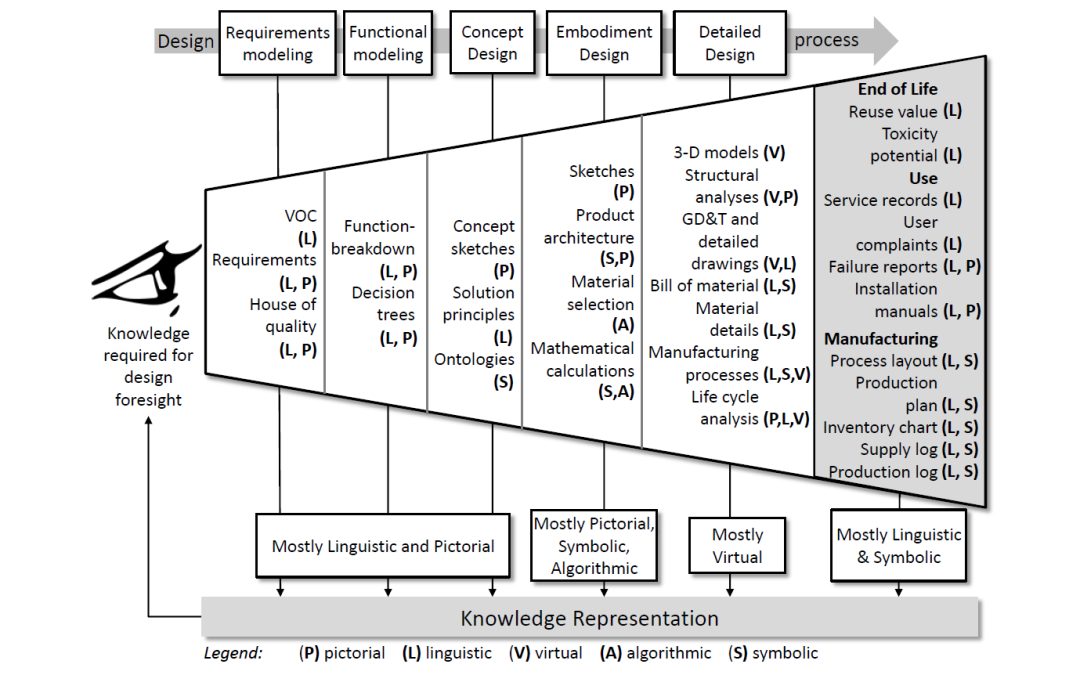
Abstract: Product design is a highly involved, often ill-defined, complex and iterative process, and the needs and specifications of the required artifact get more refined only as the design process moves toward its goal. An eff ective computer...
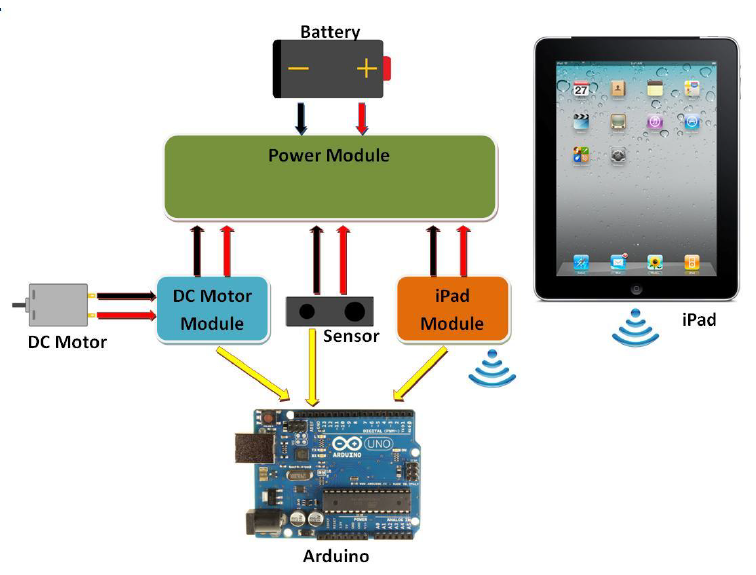
Abstract: The interdisciplinary nature of engineering design and the pervasiveness of electronics in most products has made it necessary for practitioners of “design thinking†to understand electronics and embedded systems, in order to...
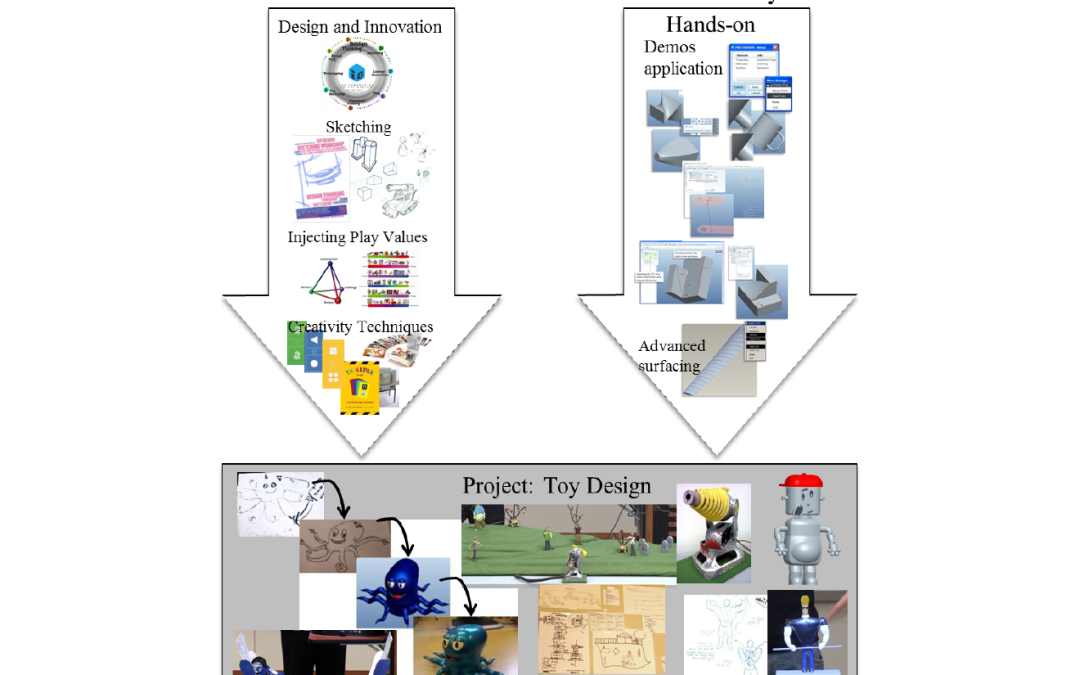
Abstract: Engineering graduates in advancing economies are not only expected to have engineering knowledge, but also use them in creative and innovative ways. The importance of visual thinking has been critical for creativity and innovation in...
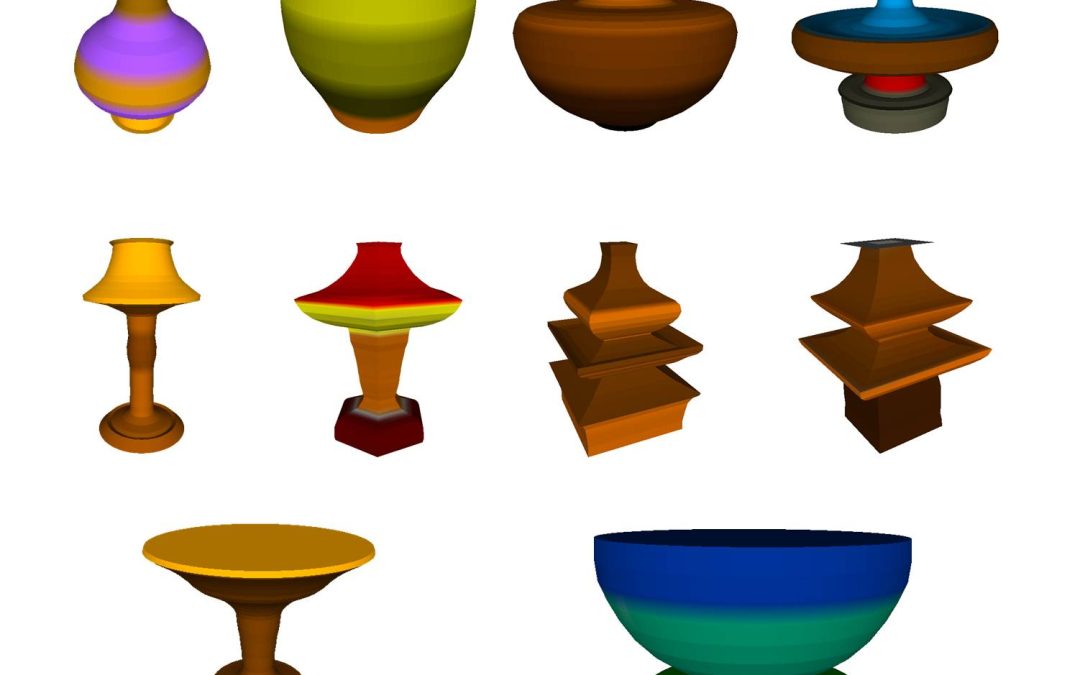
Abstract: We present the paradigm of natural and exploratory shape modeling by introducing novel 3D interactions for creating, modifying and manipulating 3D shapes using arms and hands. Though current design tools provide complex modeling...